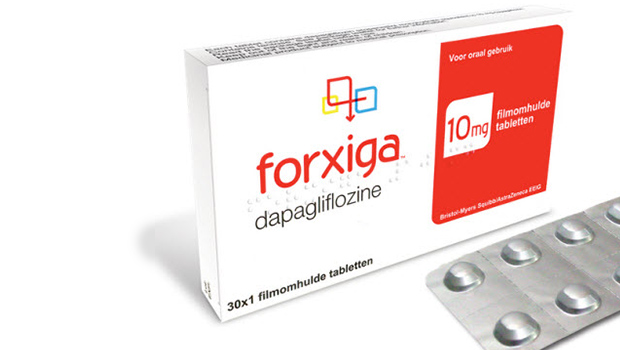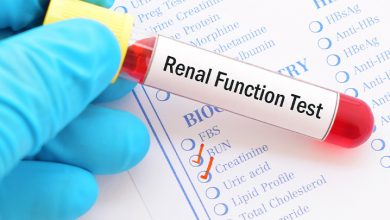What the Heck are SGLT2 Inhibitors?

Has your doctor mentioned something called SGLT2 inhibitors? The acronym may sound like a mouthful, but the full name is even wordier: Sodium-glucose co-transporter-2 inhibitors.
Whatever you call them, this class of drugs is the latest line of defense in prescribed medication for the treatment of Type 2 diabetes. The drugs work by blocking SGLT2 proteins in the kidneys, which lowers the amount of blood sugar absorbed into the bloodstream.
People discuss the pancreas when it comes to blood sugar management, but the kidneys have an important role to play, too. In a healthy body, approximately 180 grams of glucose is filtered through the kidney every day; approximately 90% of that is reabsorbed into the bloodstream. The protein SGLT2 allows the kidneys to lower blood sugar and remove any extra glucose via the urinary tract. The problem is that this protein doesn’t work to its full potential for people with Type 2 diabetes, and too much sugar gets dumped into the blood. SGLT2 inhibitors block the kidney from dumping some 30% to 50% of that excess glucose back into the bloodstream. The body then removes the extra glucose through the urination process.
SGLT2 inhibitors are usually prescribed along with other medications as a second-tier treatment option. The FDA-approved SGLT2 drugs for Type 2 diabetes treatment are canagliflozin, dapagliflozin and empagliflozin. (None of these are approved for Type 1 treatment, however.)
Along with improved glycemic control, SGLT2 inhibitors may improve cardiovascular health and can help patients lose weight by removing extra glucose from the body, thus removing calories. There is also a potential for lower blood pressure.
The negative side effects of SGLT2 inhibitors are generally mild and include increased risk for urinary tract and genital infections, especially in women, due to increased urination and the added sugar load in the urine. There is also a potential for hypoglycemia (severe low blood sugar), as the body is removing excess glucose. Increased thirst may occur, and hypotension can result from too-low blood pressure. The drug is not recommended for anyone with kidney disease, and clinical trials are ongoing to understand long-term side effects.
The one big side effect to be aware of, however, is the risk of ketoacidosis. According to the FDA, there is a risk of this occurring in patients taking SGLT2 inhibitors, “even if the blood sugar level is not very high.” Ketoacidosis is a life-threatening complication of diabetes resulting in a lack of glucose, causing the body to burn fat for fuel and release a substance known as ketones in the bloodstream. High levels of ketones are poisonous to the body. Symptoms of ketoacidosis can include decreased alertness, flushed face, frequent urination, fruity-smelling breath, nausea, and vomiting. Patients should seek medical assistance immediately if these symptoms arise, whether on the medication or otherwise.
SGLT2 inhibitors add another tool in the toolkit for treating Type 2 diabetes. Now if they just had a name that was less than a mouthful, they might become a bit easier to discuss.
Type 2 Nation received no compensation from any pharmaceutical company for putting together this SGLT2 primer. This is not promotional material.





